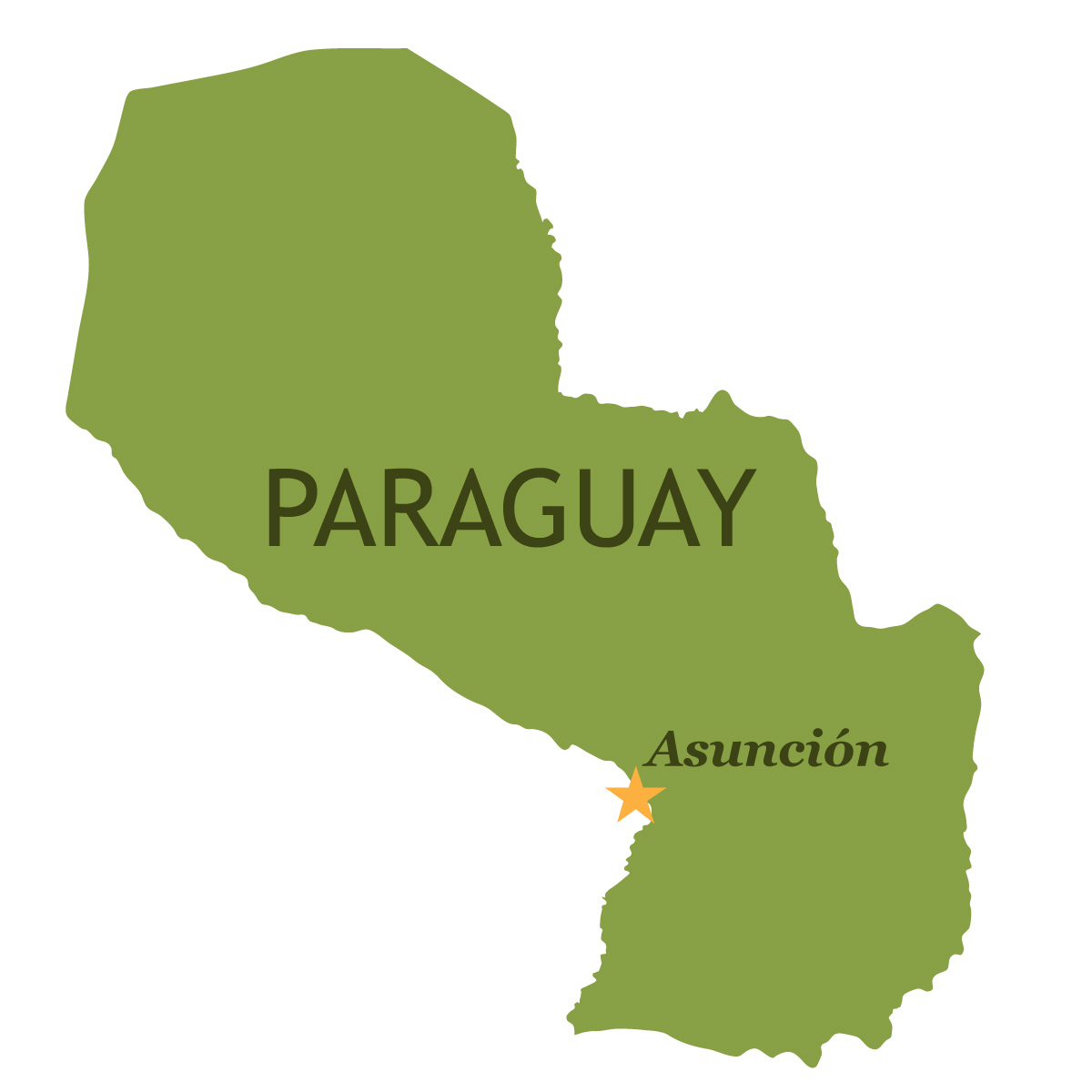
Paraguay
Located in the heart of South America. Paraguayan cuisine is the result of the combination of Hispanic culinary techniques and the use of native products and others introduced by the Spanish colonizers. Grab your kids and let’s learn about Paraguay!
QUICK STATS
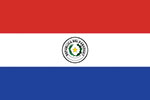
Paraguay is a landlocked country, located in the center of South America and surrounded by Argentina to the south and southwest, Brazil to the northeast and east, and Bolivia to the northwest.
A brief history for kids to learn about Paraguay
Before the Spanish arrived in Paraguay, it was inhabited by people called Guarani. They were farmers.
The Spanish arrived in the region in the 16th century and Paraguay’s capital, Asunción, was founded in 1537.
Paraguay gained independence from Spain in 1811 and José Gaspar Rodríguez Francis became the dictator. He was the first in a long line of dictators in Paraguay and ruled until he died in 1840.
In 1870 the War of the Triple Alliance began. Paraguay faced Argentina, Brazil, and Uruguay. The war was an absolute disaster for Paraguay. Many of its citizens were killed, and Paraguay lost much of its territory.
At the beginning of the 20th century, Paraguay suffered from political instability with frequent changes of government. Then, in 1932, Paraguay and Bolivia went to war. The Chaco War lasted until 1938.
In 1954 Alfredo Stroessner became dictator of Paraguay. He ruled until 1989.
After that, Paraguay became a democratic country.
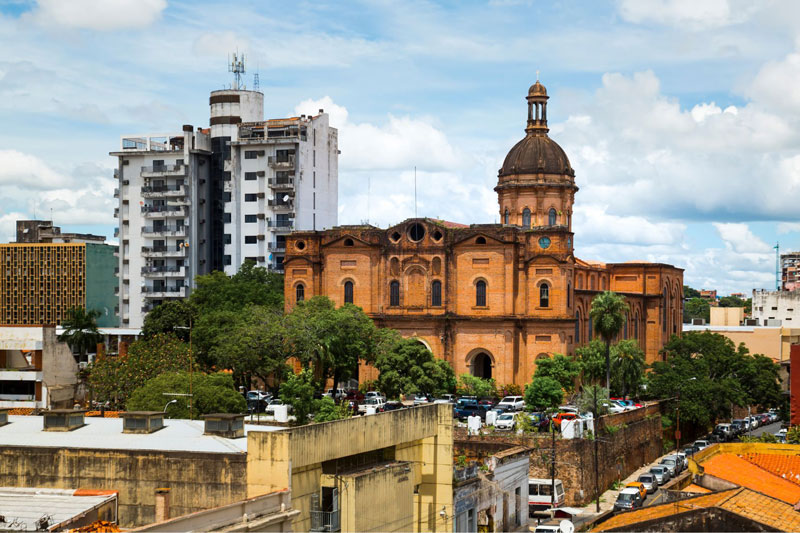
Fun facts about Paraguay for kids
- Paraguay has the oldest currency in South America.
- The Paraguayan flag is different on the front and back. It has two different shields.
- Paraguay has two official languages: Spanish and Guaraní. 70% of the borders of Paraguay are rivers.
Paraguayan food
The gastronomy of Paraguay has had a great takeoff in recent years, maintaining the base of traditional gastronomy with agricultural products and meat, but merging it with international gastronomy products.
The heritage of the natural resources of the culture of the Guaraníes and the mixture with the European culture make Paraguayan gastronomy different from the rest of the Americas. Delicacies such as chipa, Sopa Paraguaya, and chipá guazú, stand out.
Paraguayan gastronomy maintains common elements throughout the Americas such as the use of corn, cassava, peanuts, and legumes. But also, the quality of Paraguayan beef offers the best cuts for the traditional asado (grilled meat).
The basic product of Paraguayan cuisine is corn, which is ground, cooked, or fermented and then used to prepare different dishes.
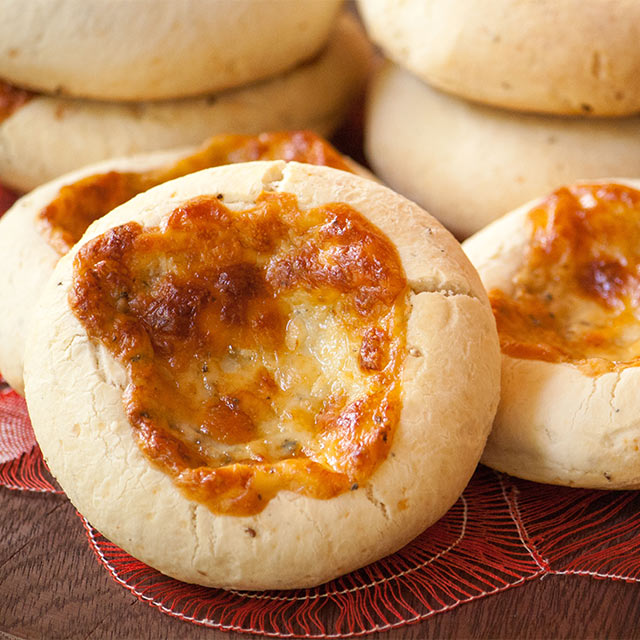
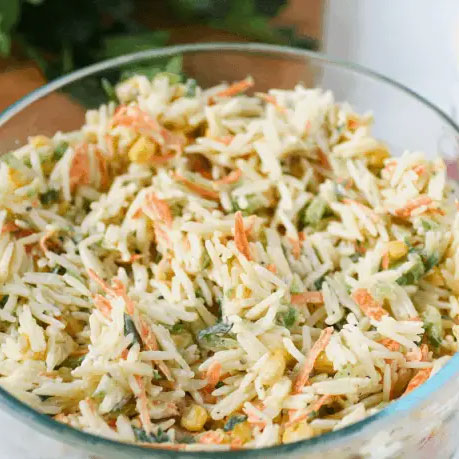
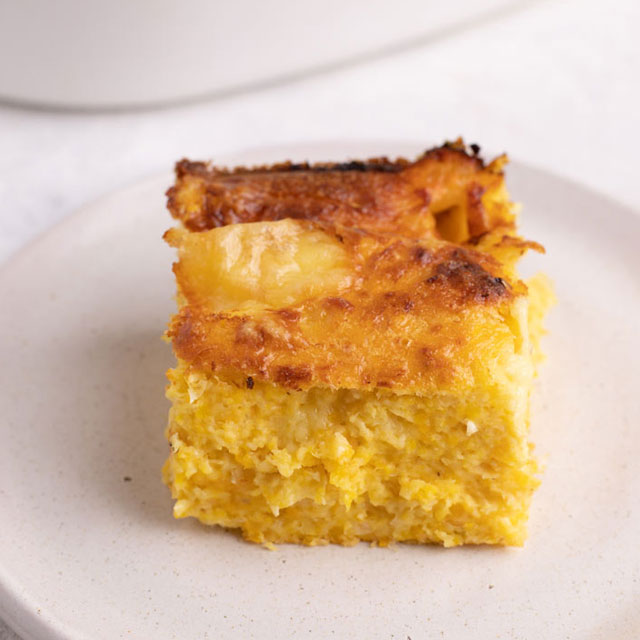
What do Paraguayans eat? Facts for kids to learn about mealtime in Paraguay.
Paraguayans eat one big meal at noon, and 3 or 4 smaller ones throughout the day. Weekends are for relaxing and having asado (grilled meat), chipa guasú, and rice salad.
Because sandwiches are a snack in Paraguay, kids who are in school during lunchtime (which are few), can buy or bring full, hot meals to school.
Breakfast (desayuno)
Many Paraguayans drink something called mate before thinking of breakfast. Mate (or maté) is a hot herbal tea made with yerba mate. This happens early in the morning.
A couple of hours later, a simple breakfast is served with a cup of instant coffee, or cocido (herbal tea), and a piece of bread. Although kids don’t drink mate first thing in the morning, many start their morning with a cup of coffee and bread.
Tereré rupa
Paraguayans are proud of a drink called tereré. This is similar to mate. Tereré is served cold, which is great if you live in a hot and humid climate. But before you drink tereré, you have your tereré rupa, which translates into ‘tereré bed’. It’s the snack you consume before drinking this cold, herbal tea made with yerba mate.
Empanadas, chipa, or Milanese sandwiches are the most popular snacks for this time of day.
Lunch
Lunch is the main meal of the day and it consists of pasta or rice with a tomato base sauce and beef, sometimes corn dumpling soup (vori vori), savory tarts, or baked chicken with cassava.
Snack (merienda)
Around 5 or 6 in the afternoon is time for merienda. Some coffee, or tea with pastries, mbeju (flat bread made with cassava starch and cheese), or chipa (cheesy bread made with cassava starch).
For a lot of people, this is their last meal of the day
Dinner (cena)
Dinner tends to be light, but if you’re having friends over, you’ll make a big meal and many times eat at 10 or 11 pm, especially during the weekend.
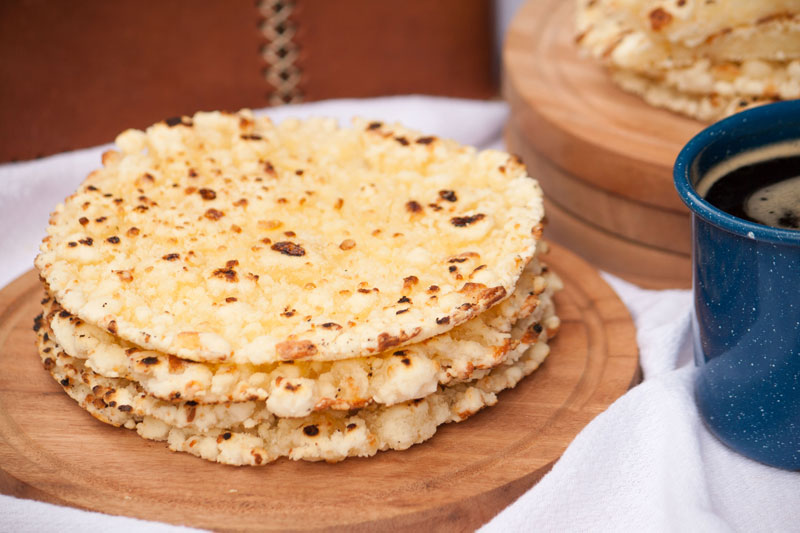
Food etiquette in Paraguay
When arriving at a dinner party, arrive 15 to 30 minutes later than the set time. Greet everyone with two kisses if you are female. Males shake hands with each other and greet with two kisses the opposite sex. Greetings are very important in Paraguayan culture.
If this is your first time coming to their house, bring flowers, or some small gift to show appreciation. If this is not your first time at your host house, bring wine or dessert, even if they say not to bring anything.
In some homes, the plates are already served and brought to the table. Other places can be self-service. It is not very common to ask for something to be passed to you, usually, the person stretches out their arm to get what they want, or even gets up from the table, as long as they do not disturb the other diners.
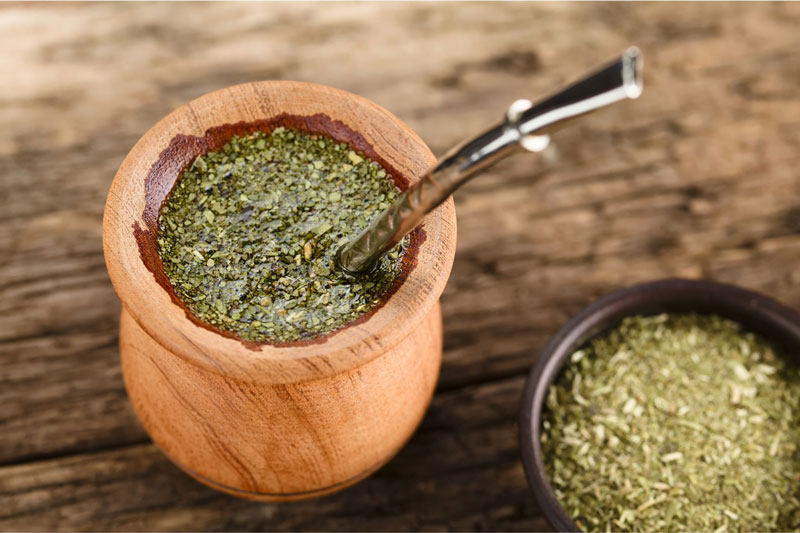
Holidays in Paraguay
Like many countries in Latin America, Paraguay has a large number of celebrations throughout the year. Celebrations in Paraguay often blend the Guarani cultural roots with Spanish heritage.
Día de la Independencia y día de la madre (Independence Day and Mother’s Day) (May 14th and 15th)
Paraguay Independence is celebrated for two days because, on the morning of May 14th, Vicente I. Iturbe was warned that the authorities knew about the revolt that was being organized. In the early hours of May 15, Iturbe delivered the summons note to Governor Velasco. This makes Paraguay the only country in the world that celebrates its independence over two days.
The long holiday becomes even more special because on May 15th Paraguayans celebrate Mother’s Day. Although the menu is different for each family, getting together and spending time with their moms is the best part of this Holiday.
San Juan (Saint John) (June 24th)
The festival of San Juan is a Christian tradition introduced by the Spanish. However, after its adoption and over time, the names of the games, and the traditional foods have come to be expressed almost exclusively in the Guarani language.
This is a great time to try all the traditional Paraguayan foods. Every neighborhood, in the evenings, has stalls selling food for about 2 or 3 weeks before the festival.
A lot of the traditional games have to do with fire. One of them is pelota tata, which means fireball. Usually, adults play soccer with this ball.
Another game is tata ari jehasa, where people walk on hot coals 3 times saying: ‘In your name Saint John‘.
Navidad (Christmas, December 25th)
The night of December 24th (Christmas Eve) families gather to cook together and spend time with extended family. For many families, asado (grilled meat) is a special meal. Others like to make lechón al horno (roast pork using suckling pig), ham, or chicken.
Chipa guasú and sopa paraguaya are almost always present on Christmas Eve tables.
Some families like to start eating close to 11 pm and be done with supper by midnight, others start dinner at midnight. Because Christmas is during the summer, it is traditional to have fireworks.
The next day, December 25th, people use the morning to catch up on their sleep and visit friends and family during the day.
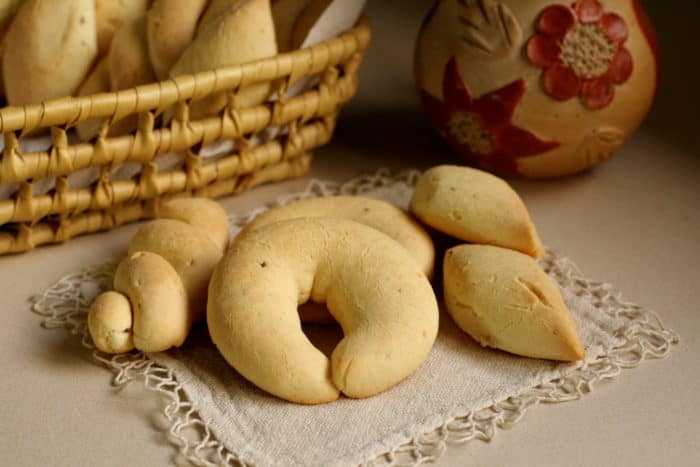
At-home ideas for kids to learn about Paraguay
As a part of your homeschool Paraguay unit study or as a supplement to your child’s Paraguay unit at school, try some of these ideas at home!
- Make your own chipa (cheesy bread). During Easter week, many Paraguayans make chipa at home and shape them as doves or crocodiles. Kids enjoy making their own fun shapes.
- Learn a song in guaraní. This song has all the greetings, like, ‘How are you?’, ‘I’m fine thanks.’, ‘How is your morning?’, ‘How is your afternoon?’, and ‘How is your evening?’.
- Use Word Hippo to look up the pronunciation of specific words in Spanish.
This article was contributed by Lizet from ChipaByTheDozen.com. Lizet is Bolivian and, until recently, lived in Paraguay. Through friends and travel she has developed her love of food. You can find more of Lizet’s tasty creations on her website ChipaByTheDozen.com. You can also find her on Instagram and Facebook.

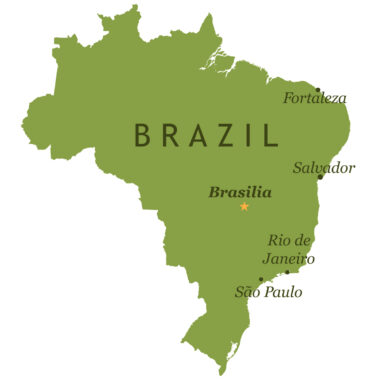
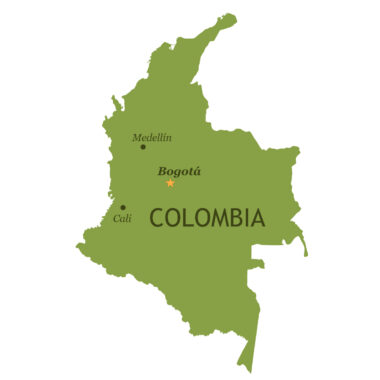
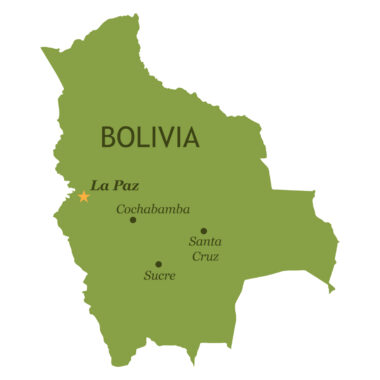


Have a Question/Comment?